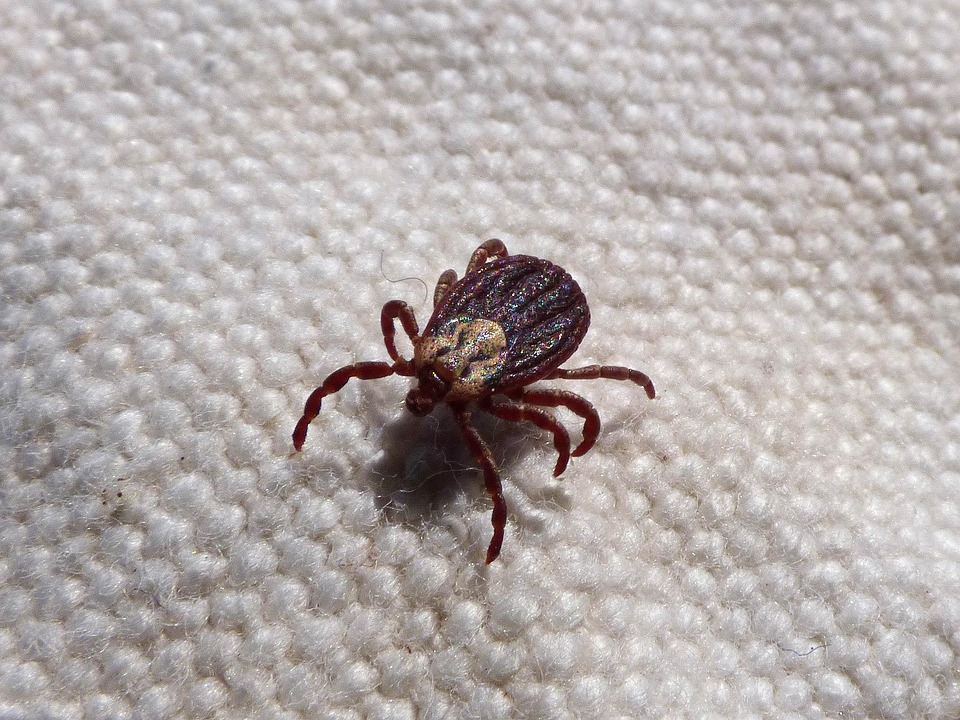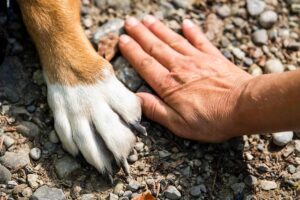
Fleas and ticks are more than just a nuisance for dogs—they can pose serious health risks. These tiny parasites thrive in many environments and can cause discomfort, disease, and even life-threatening conditions for your beloved pet. Effective prevention is key in safeguarding your dog’s health. This comprehensive guide will explore the best practices for preventing fleas and ticks, ensuring your dog remains healthy and happy.
Understanding Fleas and Ticks
What Are Fleas?
Fleas are small, wingless insects that feed on the blood of mammals and birds. They are notorious for their incredible jumping ability, which allows them to move easily between hosts. Fleas can cause itching, allergic reactions, and can transmit tapeworms and other diseases.
What Are Ticks?
Ticks are arachnids, more closely related to spiders than insects. They attach themselves to their host to feed on blood and can carry serious diseases, such as Lyme disease, Rocky Mountain spotted fever, and ehrlichiosis. Ticks are often found in grassy, wooded areas and can latch onto your dog during walks or outdoor play.
Why Prevention Matters
Preventing fleas and ticks is crucial because these parasites can cause discomfort and spread diseases to both pets and humans. Investing in prevention not only helps avoid costly veterinary treatments but also ensures the well-being of your dog. By maintaining a comprehensive prevention plan, you minimize the risk of an infestation and protect your pet from potential health issues.
Effective Flea and Tick Prevention Strategies
1. Topical Treatments
Topical treatments are liquid products applied directly to your dog’s skin, typically between the shoulder blades. These treatments are effective at killing and repelling fleas and ticks. Some popular products include Frontline, Advantage, and Revolution. Be sure to follow the application instructions carefully and choose a product suitable for your dog’s size and weight.
2. Oral Medications
Oral medications are another effective method for preventing fleas and ticks. These pills or chewable tablets work from the inside out, killing parasites that come into contact with your dog’s blood. Popular oral medications include NexGard, Bravecto, and Simparica. Consult your veterinarian to determine the best option for your dog.
3. Collars
Flea and tick collars are a convenient option for long-term prevention. They release active ingredients that repel and kill fleas and ticks. Collars such as Seresto offer protection for several months. Ensure the collar fits snugly but comfortably around your dog’s neck, and replace it according to the manufacturer’s recommendations.
4. Shampoos and Sprays
Flea and tick shampoos can be used to kill parasites on contact. Regular baths with these shampoos can help manage infestations. Additionally, sprays can be applied to your dog’s coat for extra protection, especially before outdoor activities. Always follow the instructions and make sure the products are safe for your dog’s age and size.
5. Environmental Control
Controlling fleas and ticks in your dog’s environment is essential. Regularly vacuum your home, paying special attention to areas where your dog spends time. Wash your dog’s bedding frequently and consider using an insect growth regulator (IGR) spray to prevent eggs from hatching. In your yard, keep grass and shrubs trimmed and consider using outdoor pesticides if necessary.
6. Natural Remedies
If you prefer a natural approach, there are several remedies you can try. Essential oils such as lavender, cedarwood, and lemongrass are known to repel fleas and ticks. However, be cautious as some essential oils can be toxic to dogs. Diatomaceous earth is another natural option; it can be sprinkled in your home and yard to kill fleas and ticks by dehydrating them.
Monitoring and Maintenance
Regular Check-Ups
Schedule regular veterinary check-ups to ensure your dog is healthy and free from parasites. Your vet can recommend the best prevention methods and update any necessary vaccinations.
Routine Inspections
Perform routine inspections of your dog’s coat, especially after outdoor activities. Look for signs of fleas, such as flea dirt (small black specks) or live fleas. For ticks, feel for small bumps on your dog’s skin, particularly around the head, neck, and ears.
Seasonal Adjustments
Flea and tick activity can vary with the seasons. Increase your prevention efforts in warmer months when parasites are more active. Even in colder months, maintain a prevention plan as fleas and ticks can survive indoors.
Dealing with Infestations
Immediate Action
If you discover an infestation, act quickly. Use a combination of treatments to eliminate the parasites. Flea combs can help remove fleas and eggs from your dog’s coat, while immediate applications of shampoos or sprays can kill live parasites.
Consulting a Veterinarian
In cases of severe infestations or if your dog shows signs of illness, consult your veterinarian immediately. They can provide professional advice and may prescribe stronger treatments if necessary.
Conclusion
Flea and tick prevention is a vital aspect of responsible pet ownership. By implementing a comprehensive prevention strategy, you protect your dog from discomfort and disease. With a combination of treatments, environmental control, and regular monitoring, you can ensure your dog stays healthy and happy year-round. Always consult your veterinarian for tailored advice and recommendations to suit your dog’s specific needs. By staying vigilant and proactive, you can enjoy peace of mind knowing your furry friend is well-protected against these pesky parasites.
#ChatGPT assisted in the creation of this article.







